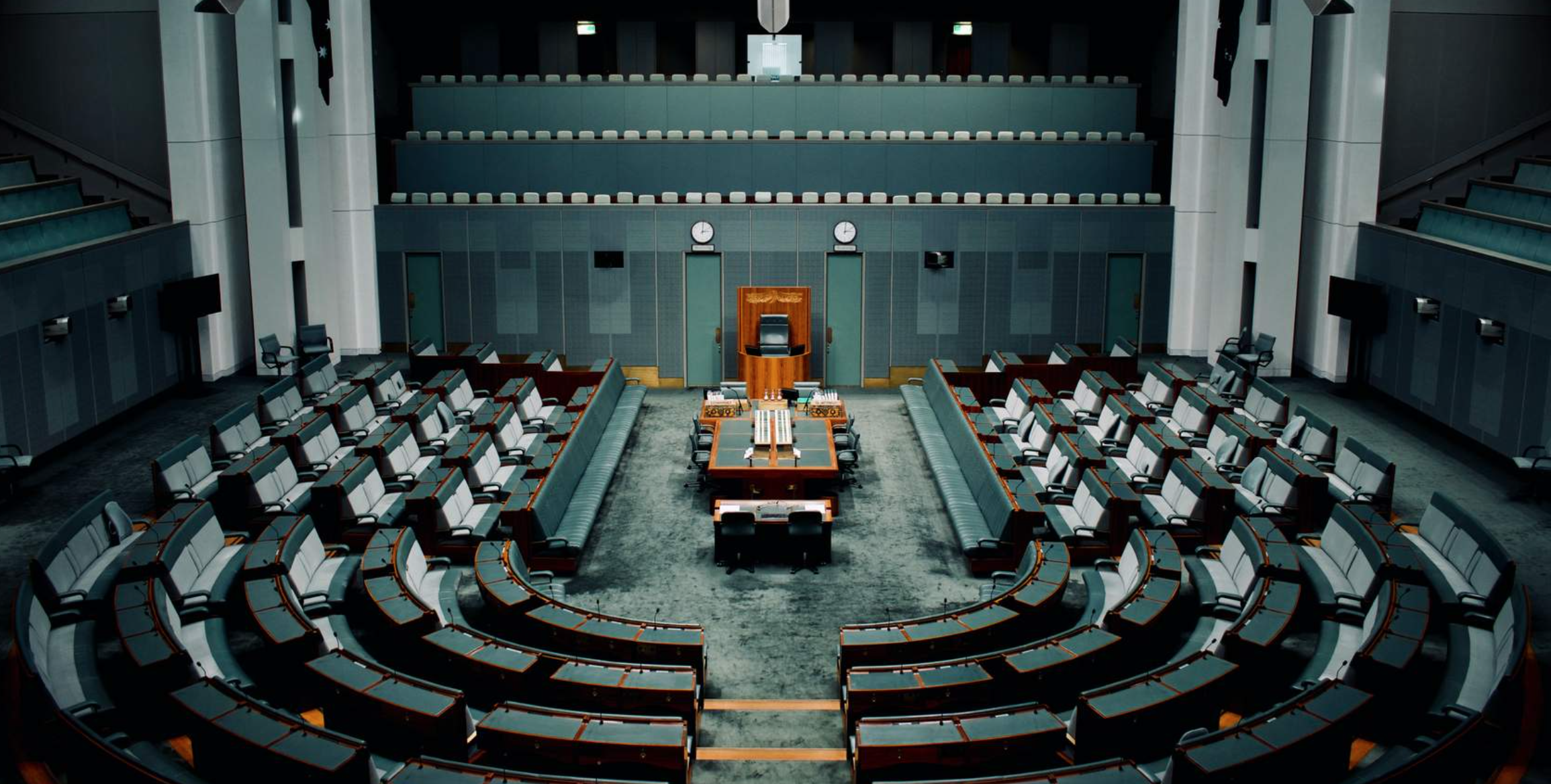A World of Opportunities
We urgently need an effective transformation of how we produce and consume just about everything and how we live and transport ourselves. This transformation must support a resilient and just global economy operating within the planetary boundaries.
But who is responsible for this reorganisation? The answer to this question is complex, and we will begin to explore parts of the answer in this lesson. We will examine which sectors of society are responsible for what part of the reorganisation and identify some tools and instruments at their disposal to do so.
Earth-shot mission
Like the moon-shot mission in the 1960s, the “Earth-shot mission” to stabilise Earth needs a clear target and deadline based on scientific evidence. These targets must be flexible enough to allow for experimentation and encourage cooperation and collaboration between policymakers, the private sector, and research institutes leading the way for innovation, all with the support of the public at large.
Target and deadline
We have learnt that to stabilise Earth; we must reduce energy consumption emissions and embrace an agricultural revolution.
Our TARGETS have been defined:
- Net zero GHG emissions
- Growth in species
- Growth in natural ecosystems
DEADLINE: 2050 at the latest
To ensure we are on the right path to meet the 2050 targets, the mid-term targets for 2030 must include the following:
- Cut GHGs in half
- Zero loss of species
- Zero depletion of natural ecosystems
The problems we face are complex in how social, political, technological and behavioural factors intersect. Therefore, in this lesson, we will explore the role and responsibilities of various sectors and see how top-down and bottom-up approaches complement each other. We will explore how cross-disciplinary thinking is essential for innovation in both technology and policy. Finally, we will identify how each of us can contribute to the Earth-shoot mission and why industrialised countries must take the lead and support emerging economies.





